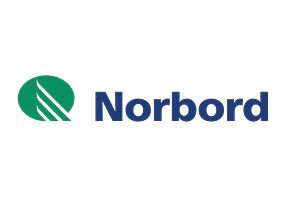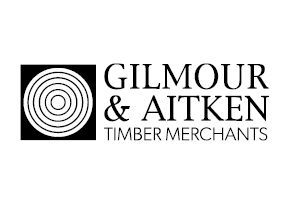Contemporary non-metallic timber connections

In buildings such as swimming pools, grit salt storage facilities and agricultural spaces there is a need for the provision of corrosion-resistant structure. Timber structures are an effective solution in these instances. However, within these structures it is also necessary to use corrosion-resistant connections.
In recent years, interest in the use of contemporary, non-ferrous connections has grown. In part this has been a response to the situation described above, but it has also been through acknowledgement of the wider advantages that these connections can offer.
Prepared by Dr Andrew Thomson, this research summary is an update of original research work currently being undertaken by the University of Bath's Department of Architecture and Civil Engineering, highlighting the need for non-metallic connection methods applicable to mainstream timber structures and suitable for on-site construction.
Contents:
- Introduction
- Background
- Non-metallic connector materials
- Densified veneer wood (DVW)
- Manufacture of GFRP-DVW connections
- Experimental testing of GFRP-DVW connections
- Failure modes of GFRP-DVW connections
- Strength analysis of connections
- Application of GFRP-DVW connections
- Future developments
- Conclusion
- TRADA Technology comments
Suggested Reading
Timber I-joists: applications and design
Timber I-joists are engineered structural components that are widely used in the UK, particularly as floor joists. Its high strength-to-weight ratio and economy in use of materials make the timber I-joist popular when designing for long-span and tall structures. I-joists shrink or swell less than solid wood when the ambient...
13/06/2016 | Wood Information Sheet
Strutting in timber floors
Strutting plays a useful role in promoting composite structural behaviour of the components that form a timber floor.
The effects of strutting are to:
- reduce local deflections by transferring load to adjacent joists (load sharing)
- improve joist stability by providing lateral support to joist edges
- reduce the...
28/02/2017 | Wood Information Sheet
Fasteners for structural timber: nails, staples, screws, dowels and bolts
Timber designers usually consider connection design to be the most difficult area in timber engineering. The traditional mechanical fasteners for structural timber are divided into two groups depending on how they transfer the forces between the connected members - 'dowel-type fasteners' and 'metal connectors'.
This Wood Information Sheet...
13/06/2016 | Wood Information Sheet

















